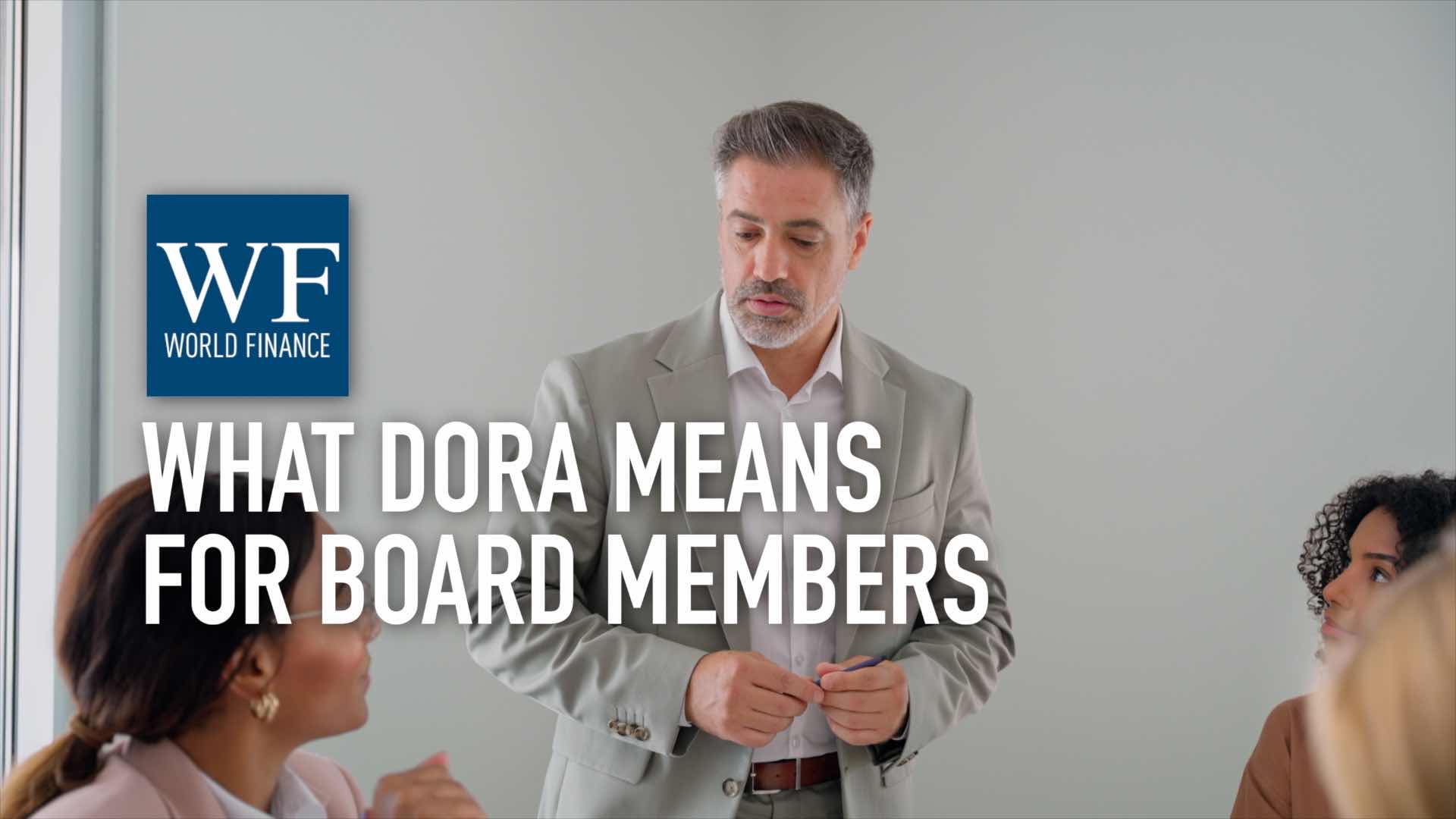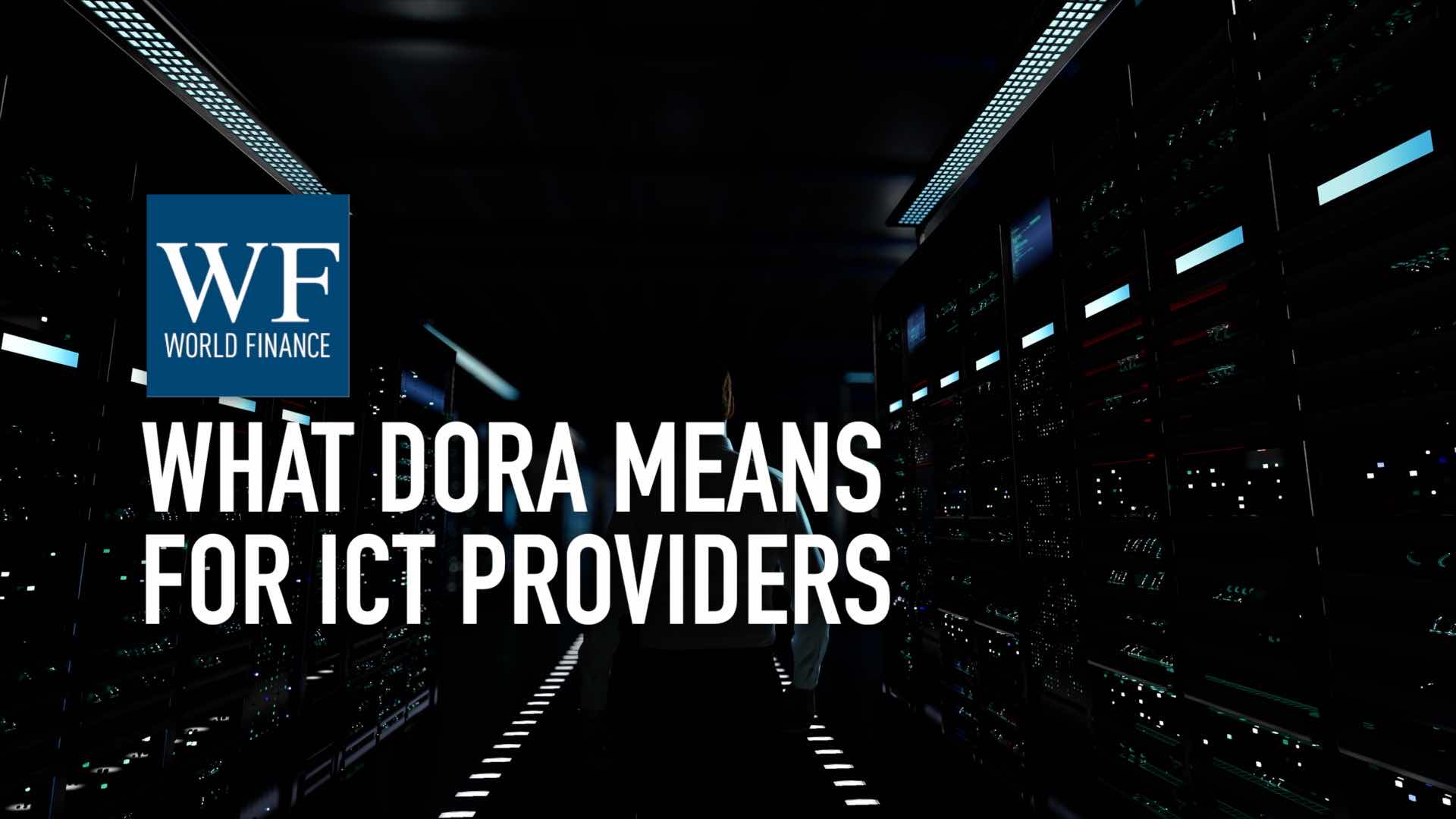John O’Rourke on PPPs | Plenary Group | Video
World Finance interviews John O'Rourke, Principal of Plenary Group, on the challenges of PPP projects and the success of the Victorian Comprehensive Cancer Centre
Related:
Transcript
Taking pride in adopting a holistic approach to delivering projects, Plenary Group is an international infrastructure business with large, experienced management teams in the Americas and Asia Pacific region. John O’Rourke, Principal of Plenary Group, discusses some of their ongoing developments.
World Finance: Let’s begin with an overview if you would of the PPP markets in Australia, Canada, and the US.
John O’Rourke: Well, let’s start with Australia, which is where Plenary kind of grew up. It’s a very sophisticated, aggressive bidding market for PPPs, it always has been on both the consortia side and from a government perspective. And it probably really punches above its weight in terms of competition for a relatively small number of projects that come to the market.
Canada has been a fabulous market for us, it’s got all the same characteristics around infrastructure and the way infrastructure is procured. I think what they’ve done particularly well in Canada is that the policy commitment to PPPs has been strong, and that’s led to a very consistent pipeline of projects, and that’s allowed industry to really develop up around it. So you’re now seeing the first of the Canadian projects come into operation, and really seeing some outstanding outcomes I think coming from those projects.
The US is still prospective, we’ve followed it for a long time, but I think my North American colleagues are much more optimistic that its time is coming and there’s some momentum building around some jurisdictions, and we are keen to selectively pursue opportunities in the US market.
“In Canada, bond markets were quick to take advantage of the long duration, senior debt, lower risk opportunities that were available”
World Finance: You mentioned the similarities between the Australian and Canadian models, what are the differences in the debt and equity project finance markets there, and what lessons, if any, can they learn from each other?
John O’Rourke: I think probably a key difference that we’re seeing is around debt and the bond markets.
The Canadian market recovered very strongly post-GFC, and bond markets were quick to come back to the infrastructure space and take advantage of the long duration, senior debt, lower risk opportunities that were available. We haven’t seen the bond market come back into PPP in Australia, and at the moment there doesn’t appear to be that appetite. So we’re reliant on the bank debt market, which is OK, but it’s a market that’s limited by tenure, and therefore there’s additional risks for equity in refinancing.
So if you said what’s a key lesson, I think it’s well, what are the factors that have led to the bond market being rejuvenated in Canada, and can we apply some of those incentives and learnings in Australia and reactivate that market? I think it’s very important for the pipeline coming forward.
World Finance: So what challenges do project sponsors face in these markets?
John O’Rourke: As a project sponsor at Plenary, I think the biggest challenge is just the unrelenting commitment that’s needed to hard work across these processes. They are very complex projects, long lead times, lots of different risk issues: through the bidding phase, construction and into operations. And as a sponsor I think it’s moved way beyond the days of saying we’re here to arrange a transaction. As a sponsor your role is to provide leadership and support to a whole array of consortium partners.
But to be able to pull all that together and deliver to government in a coherent way, a single value for money bid, we invest equity in every project that we participate in. And therefore it’s not just about winning projects, it’s about making them sustainable, and making them work in the long term to deliver the investment returns. So there’s a lot of rolling up of the sleeves to bring all of that together.
“They set a bar of saying they want this facility to be ranked top 10 in the world. That is a high bar in Australian terms”
World Finance: Let’s talk about one of your actual projects then, the Victorian Comprehensive Cancer Centre. A very exciting project, very interesting; what did the state want from it, and how did Plenary Group work to achieve that?
John O’Rourke: Yeah it is a very exciting project, it was born out of the state government saying that Melbourne, the City of Melbourne, has particular strengths in healthcare and medical research, and how could it leverage those into a single cancer facility? And they had a very high aspiration, they set a bar of saying they want this facility to be ranked top 10 in the world.
That is a high bar in Australian terms. We came at that in saying well, we needed a consortium that first and foremost is going to be robust across all of the disciplines, so financially strong but also technically capable across all of the elements that are required to bring a project like that together. And I think the other important thing that we did was to bring in some creative thinking into the consortium, including people that hadn’t necessarily been involved in PPPs before, to give the project that spark that met the aspiration of the state.
World Finance: The theme of collaboration was very important for this project, how did that influence your approach?
John O’Rourke: Yeah absolutely, from the government’s perspective it is all about collaboration. They were relocating six public institutes into one facility, so the task on the consortium side was to say, how are we going to integrate that in a functional, efficient, cost-effective way? So the focus on teamwork around that, and then applying that to the government client, was really crucial.
And then I think you look at the whole and then say, again, the aspiration is high and it needs to be a really significant architectural statement. There’s a budget, we have to meet the budget, and have a finance structure around it, but the building needs to look beautiful. And I think that’s what we’ve achieved, it’s a really significant site and it’s a project that I think is going to win a lot of awards, beyond finance and PPP.
World Finance: Where is the project right now, how far down the timeline are you?
John O’Rourke: We have a target completion date at the end of 2016, so we’re about a year and a half into construction, and so far so good. It’s all on track, on time, and on budget.
“We’re very keen to see whether our skills as a sponsor can be translated into those technically challenging projects”
World Finance: And finally, looking to the future: what innovations, what projects, do you have to look forward to?
John O’Rourke: Around innovations I think an exciting development has been governments – both in Australia, and in our North American markets – looking to see whether the availability model that has been successfully applied in social infrastructure projects like the cancer centre, can also be applied in the civil space around major transport projects. Rail particularly, and road. So we’re very keen to see whether our skills as a sponsor can be translated into those technically challenging projects, but very large volume opportunities, so we’re very excited about that. And probably lastly the US, as I mentioned, our North American colleagues; the next 3-5 years is going to see some real momentum and we’re excited to pursue those.
World Finance: John, thank you very much.
John O’Rourke: Thanks Paul.

 What the Digital Operational Resilience Act means for board members and CEOs
What the Digital Operational Resilience Act means for board members and CEOs What the Digital Operational Resilience Act means for third party ICT providers
What the Digital Operational Resilience Act means for third party ICT providers
